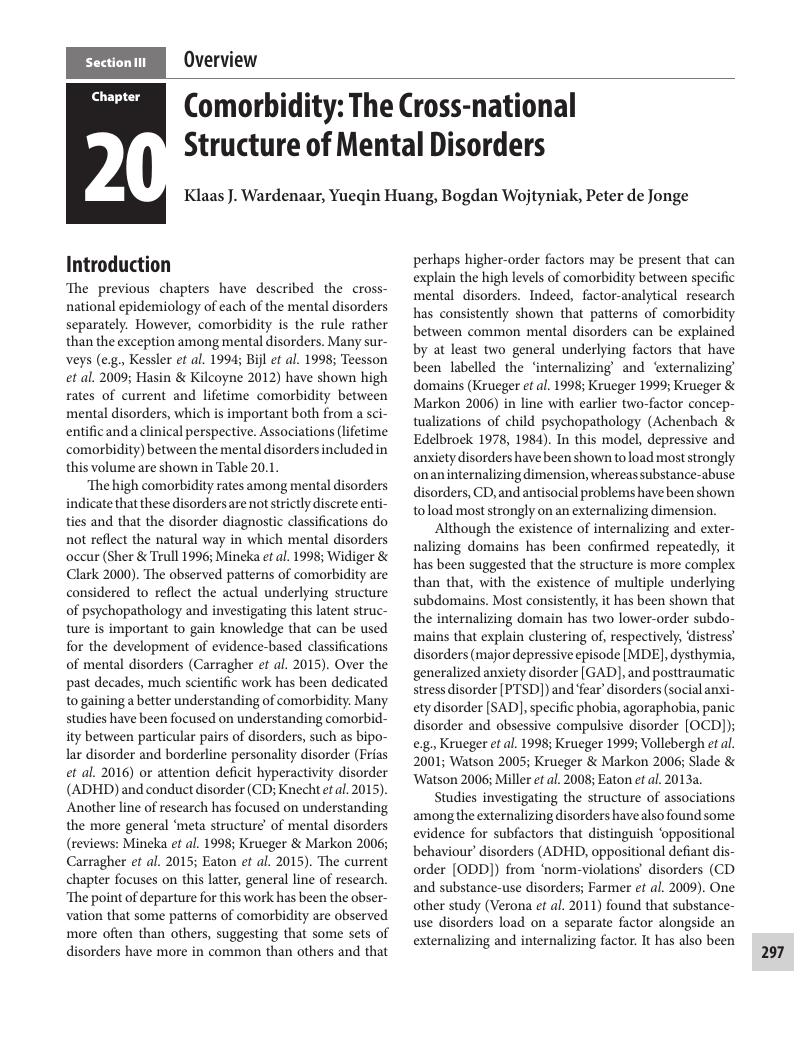Section III - Overview
Published online by Cambridge University Press: 28 December 2017
Summary

- Type
- Chapter
- Information
- Mental Disorders Around the WorldFacts and Figures from the World Mental Health Surveys, pp. 297 - 336Publisher: Cambridge University PressPrint publication year: 2018



